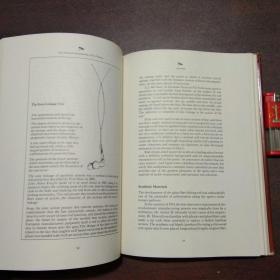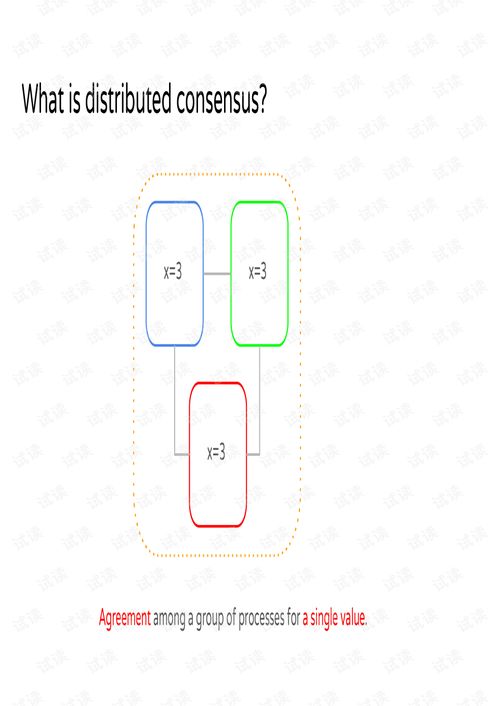In the serene world of angling, the art of baiting is a cornerstone skill that separates the casual hobbyist from the seasoned angler. Whether you're casting your line into a tranquil lake or braving the waves of the ocean, knowing how to use bait effectively can make all the difference in your fishing success. This article delves into the essential fishing techniques for beginners, focusing on how to use bait properly to attract and catch fish.
Understanding the Basics of Baiting
Before diving into the specifics of bait types and application, it's crucial to understand the basics of baiting. Bait serves as the lure for fish, enticing them to bite. It can be natural, such as worms or insects, or artificial, like lures and jigs. The key to successful baiting lies in understanding the habits and preferences of the fish you're targeting.
Choosing the Right Bait
The first step in mastering baiting is selecting the right bait for your target fish. Here are some common types of bait and their ideal applications:
Live Bait: Live bait, such as worms, minnows, or leeches, can be highly effective. These natural baits mimic the movement and appearance of real prey, making them irresistible to many fish species. Live bait is particularly useful in clear water where fish are more cautious.
Dead Bait: Dead bait, such as cut-up fish or shrimp, can be used when live bait is not available or when targeting fish that are less susceptible to live bait. Dead bait can be effective in murky water or when fish are feeding on decaying matter.
Artificial Bait: Artificial baits, like lures and jigs, are designed to mimic the movement of fish or insects. They can be used in a variety of situations and are particularly effective in attracting fish that are not biting natural baits.
Preparing Your Bait
Once you've chosen your bait, it's important to prepare it properly. Here are some tips for preparing different types of bait:
Worms: For using worms, it's best to hook them through the middle with a small, sharp hook. This allows the worm to wiggle and move naturally, which is highly attractive to fish.
Minnows: Minnows should be hooked through the lips or just behind the gills. Be careful not to hook them too deeply, as this can cause unnecessary pain and stress.
Artificial Bait: Artificial baits often come pre-rigged, but it's important to check and adjust them if necessary. Ensure that the hook is properly positioned and that the bait is moving as intended.
The Art of Bait Application
The way you apply your bait to the hook can significantly impact your fishing success. Here are some key points to consider:

Hook Size: The size of the hook should match the size of the bait. A hook that's too small may not hold the bait effectively, while a hook that's too large can damage the bait or cause unnecessary pain to the fish.
Hook Position: The position of the hook can affect how the bait moves and how the fish will react. For example, a hook positioned at the back of a worm allows it to wiggle more naturally, while a hook placed in the middle keeps the worm still.
Bait Movement: The movement of the bait can be as important as the bait itself. Experiment with different retrieves, such as a slow, steady pull or a quick, erratic motion, to see what works best for the fish you're targeting.
Advanced Baiting Techniques
For those looking to take their fishing to the next level, there are several advanced baiting techniques to consider:
Soft Plastics: Soft plastics, such as worms, grubs, and lizards, can be rigged in various ways to mimic different types of prey. Techniques like the Texas rig, Carolina rig, and wacky rig are popular for soft plastics.
Jigging: Jigging involves quickly lifting and dropping a weighted lure, which can be highly effective for bottom-dwelling fish. It's a great technique for targeting species like walleye, bass, and pike.
Spooning: Spooning involves using a spoon-shaped lure that moves erratically when retrieved. This technique is effective for attracting fish that are feeding on surface insects or baitfish.
Conclusion
Baiting is an essential skill for any angler, and mastering it can significantly enhance your fishing experience. By understanding the basics of bait types, preparation, and application, you can become a more effective angler. Remember, the key to successful baiting is experimentation and patience. Try different baits, techniques, and retrieves to find what works best for the fish you're targeting. With practice and experience, you'll soon be a baiting expert, ready to conquer any fishing situation. Happy fishing!












